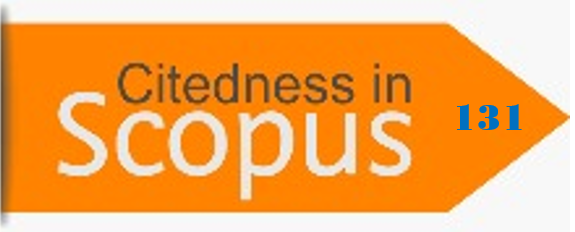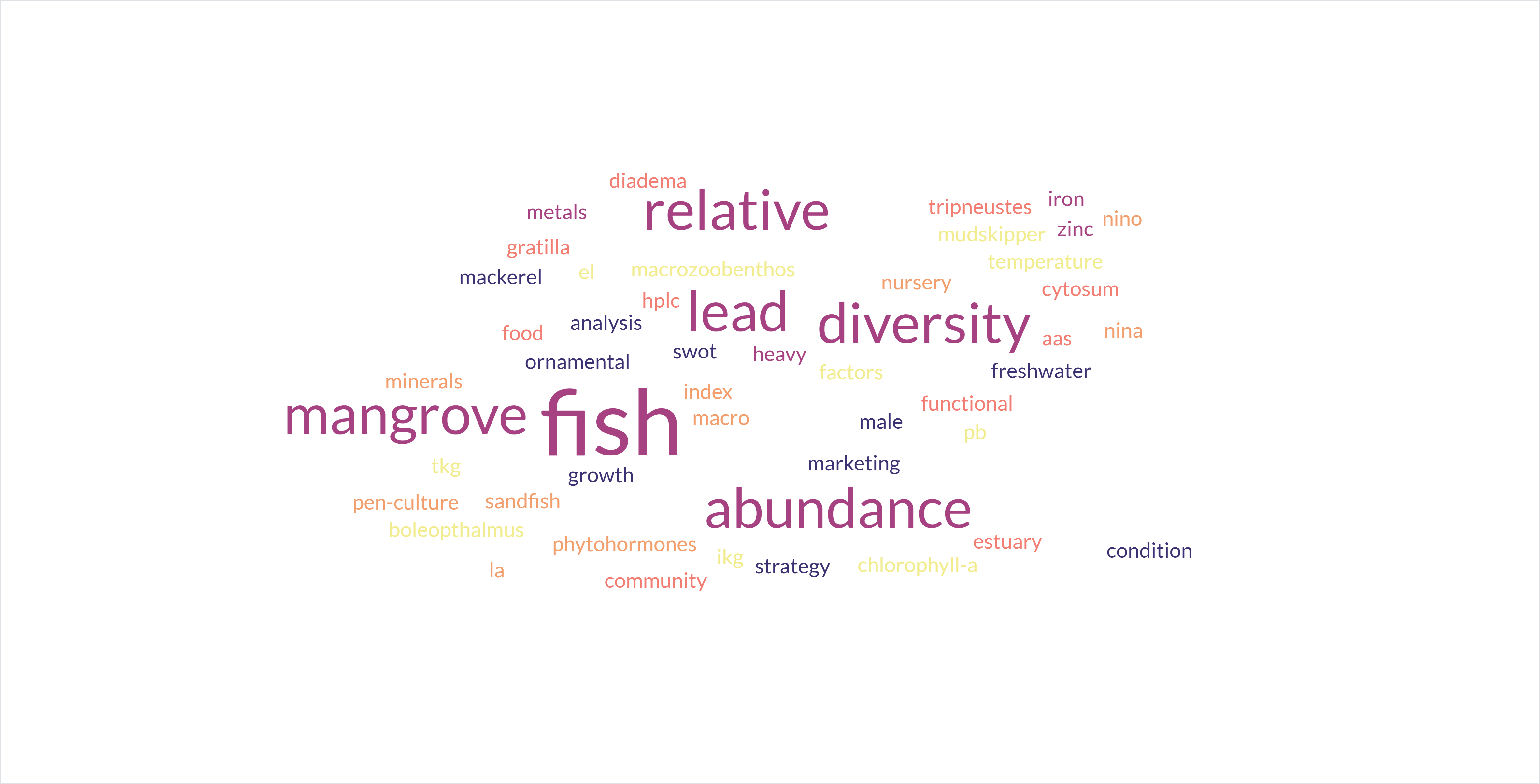Analysis of the Living Standards of Fishing Families in the Hook-and-Line Fishing Industry Based on Women's Empowerment in Tateli Village
DOI:
https://doi.org/10.35800/jip.v13i1.60649Keywords:
Standard of Living, Women's Empowerment, Hand FishingAbstract
The specific objectives of this study are: Identifying and carefully explaining the standard of living of fishing families based on women's empowerment/housewives in Tateli Dua Village, Mandolang District, Minahasa Regency. 1. The method used in this study is the census method. 2 Data Collection Techniques Data collected through two sources, namely primary data and secondary data. Primary data is data that is directly obtained through direct interviews at the research location, filling out questionnaires. 3 Data Analysis Methods Analysis of research data results is divided into two types, namely quantitative analysis and qualitative analysis. Engel Index Analysis, because the Engel index is one way to reflect the standard of living of a person or group of people. The results of the analysis using the Engel Index obtained a figure of 28.52%, this means that the total income of fishermen who own fishing rods is not much, even less than half of their income is used for food needs only. It can be concluded that the level of welfare of fishermen who own fishing rods is classified as good / high because more than half of their income for food needs, namely 71.47%, is used for non-food needs. This means that their lives in the house already have other facilities, such as having a television in addition to children who are well schooled. This is greatly supported by the role of fishermen's wives in working and being able to provide economic support for the family.
Keywords: Standard of Living, Women's Empowerment, Hand Fishing
Abstrak
Tujuan khusus dalam penelitian ini, yaitu : Mengidentifikasikan dan menjelaskan dengan cermat taraf hidup keluarga nelayan pancing berbasis pemberdayaan wanita/ibu rumah tangga di Desa Tateli Dua Kecamatan Mandolang Kabupaten Minahasa. 1. Metode dalam penelitian ini dipakai metode sensus. 2 Teknik Pengumpulan Data Data yang dikumpulkan melalui dua sumber yaitu data primer dan data sekunder. Data primer adalah data yang langsung diperoleh melalui wawancara langsung di loakasi penelitian, pengisian kuisioner. 3 Metode Analisis Data Analisis data hasil penelitian dibedakan dalam dua macam, yaitu analisis kuantitatif dan analisis kualitatif. Analisis Indeks Engel, karena indeks Engel merupakan salah satu cara untuk mencerminkan taraf hidup seseorang atau sekelompok orang. Hasil analisis dengan menggunakan Indeks Engel diperoleh angka 28,52 %, ini berarti bahwa total pendapatan nelayan pemilik pancing tidak banyak bahkan tidak sampai separuh pendapatannya yang digunakan kebutuhan makanan saja. Hal ini dapat disimpulkan bahwa tingkat kesejahteraan nelayan pemilik pancing tergolong baik/tinggi karena lebih dari separuh pendapatannya kebutuhan pangan saja yaitu sebesar 71,47% digunakan untuk kebutuhan non pangan. Ini berarti kehidupan mereka di dalam rumah sudah ada fasilitas yang lain misalnya memiliki televisi disamping anak-anak yang disekolahkan dengan baik. Hal ini sangat ditunjang oleh peranan istri nelayan dalam ikut bekerja dan bisa memberikan dukungan ekonomi bagi keluarga.
Kata kunci : Taraf Hidup, Pemberdayaan Wanita, Pancing Ulur.
References
Budi, S. (2017). Pembangunan Ekonomi Nelayan: Tantangan dan Peluang. Jakarta:
Penerbit Laut Nusantara.
Fahrudin A. 2004. Penelitian Sosial Ekonomi dalam Perencanaan dan Pengelolaan
Wilayah Pesisir.BAPPEDA.Sulawesi Utara. Manado.
Nasution, I. (2020). Ketahanan Pangan Keluarga Nelayan di Tengah Fluktuasi Hasil
Tangkapan. Surabaya: Universitas Airlangga.
Nasir, M. (2010). Analisis Ekonomi Keluarga Nelayan: Pendapatan, Konsumsi, dan
Kemiskinan. Jurnal Ekonomi Pembangunan, 15(2), 65-74.
Purwanto, A., & Budi, R. (2019). Kesejahteraan Keluarga Nelayan: Sebuah Kajian
Ekonomi Sosial. Yogyakarta: Pustaka Bahari
Supranto. 2008. Statistika Teori dan Aplikasi, Edisi Ketujuh. Jakarta: Penerbit.
Erlangga.
Downloads
Published
How to Cite
Issue
Section
License
Copyright (c) 2025 Victoria E. N. Manoppo, Swenekhe S. Durand, Djuwita R. R. Aling

This work is licensed under a Creative Commons Attribution-NonCommercial 4.0 International License.
COPYRIGHT
Authors who publish with this journal agree to the following terms:
Authors hold their copyright and grant this journal the privilege of first publication, with the work simultaneously licensed under a Creative Commons Attribution License that permits others to impart the work with an acknowledgment of the work's origin and initial publication by this journal.
Authors can enter into separate or additional contractual arrangements for the non-exclusive distribution of the journal's published version of the work (for example, post it to an institutional repository or publish it in a book), with an acknowledgment of its underlying publication in this journal.
Authors are permitted and encouraged to post their work online (for example, in institutional repositories or on their website) as it can lead to productive exchanges, as well as earlier and greater citation of the published work (See The Effect of Open Access).



















